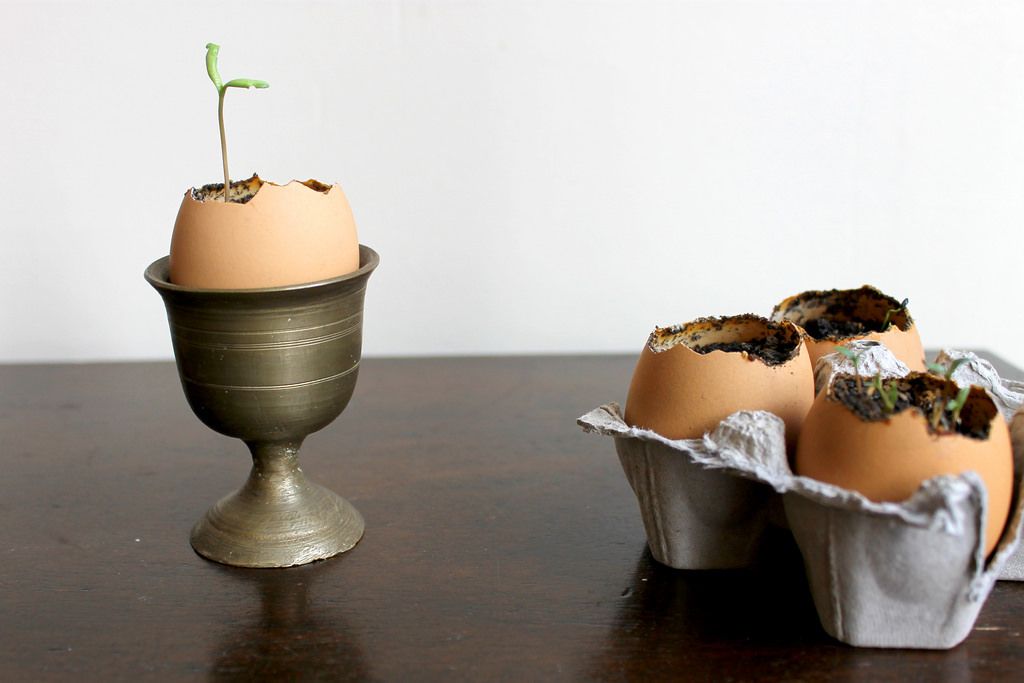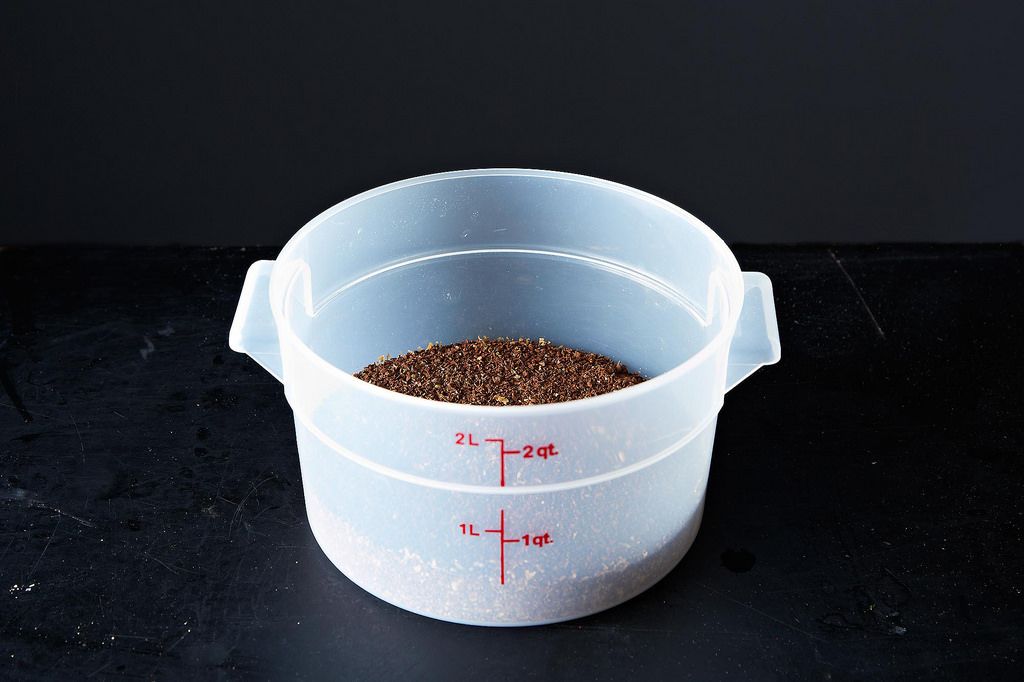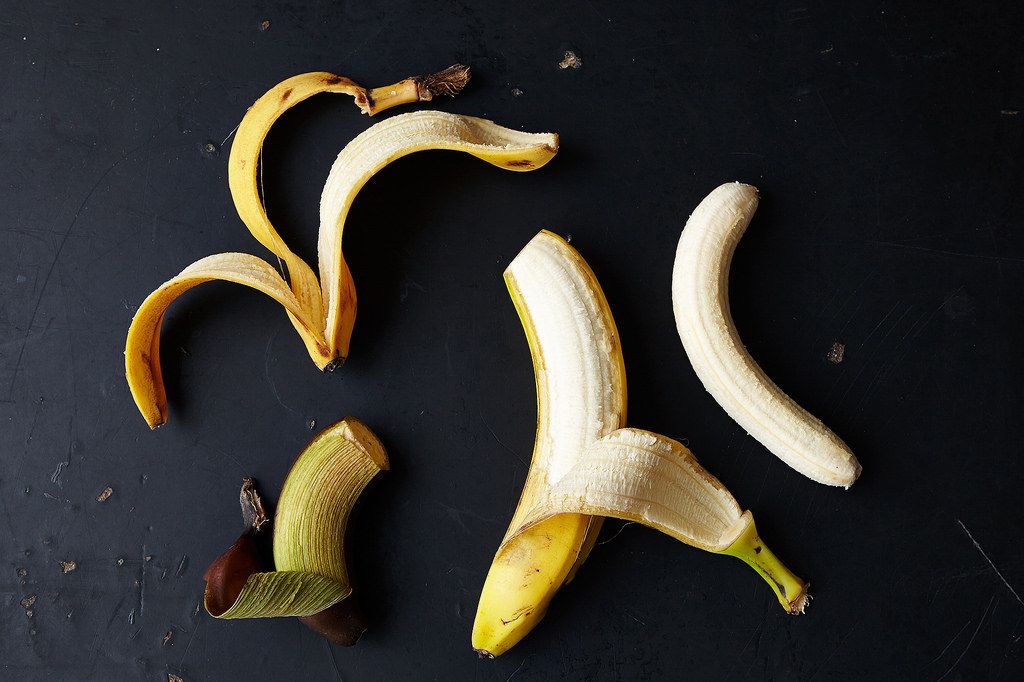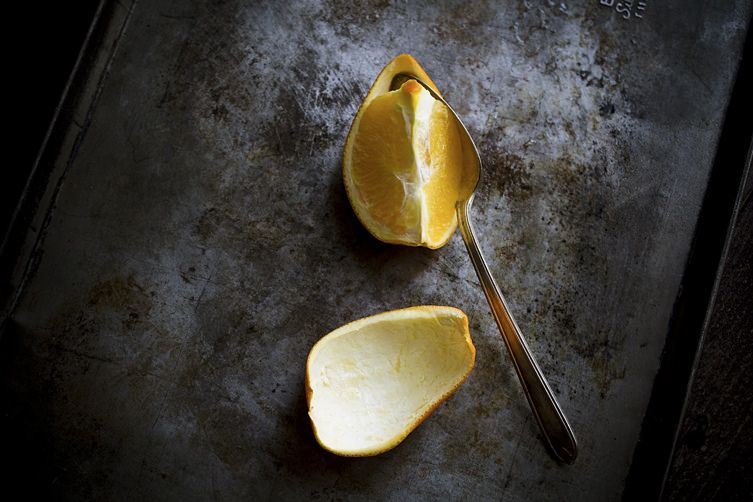If you’re already composting (be it on your countertop, in your backyard, or squirreled away in the freezer), good for you! Composting, while very advantageous for the environment and our kitchen scraps, is sometimes a hard hobby to get into. If you haven’t yet picked it up, but are looking for ways to reduce your kitchen waste, look no further. There are plenty of ways to use your leftovers in your garden, from organic pest deterrents, to yellow jacket traps, to ground covering that prevents weed growth. Read on for some of our favorite scrap-lications.

Eggshells
- Use eggshells as seed-starter pots. (You'll want to plan ahead for this one and crack the eggshells close to one end to maximize "pot" size.) When your seedlings get big enough to plant, thin them as needed by keeping only one or two of the strongest-looking seedlings, gently crack the eggshell, and plant the whole thing (eggshell and all) in your garden.
- Save your eggshells for the birds. Seed-eating birds need grit to help them digest their food; plus, eggshells give them an added benefit: Calcium. The Cornell Lab of Ornithology recommends baking eggshells in the oven for 20 minutes at 250° F to sterilize the eggshells (if you’re using eggshells from hard-cooked eggs you can skip this part). Let the eggshells cool, crush them into small pieces, and then set them out for the birds on a dish or a platform feeder.
- Use them as a pest deterrent. Some gardening sources recommend sprinkling crushed eggshells around plants to discourage slugs and snails. If you have a lot of eggshells on hand and don’t have a major slug infestation, this might be worth a try. In The Truth About Garden Remedies: What Works, What Doesn't, and Why, author Jeff Gillman recommends creating a ring around plants with crushed eggshells that is at least 1/4-inch thick and 2 inches wide. (But, if you have a serious slug issue, he also notes that you’ll have more success repelling slugs with diatomaceous earth.)
- Use eggshells as fertilizer—they'll add calcium to your soil. Crushed eggshells can be added to holes when planting seedlings in your garden, or you can work eggshells into the soil around plants in an already planted garden—Gillman recommends using 4 or 5 eggshells per plant. And bonus: This same method is also suggested as a way to stave off blossom-end rot in tomato plants.

Coffee grounds
- Coffee grounds can be used to set up a slug-deterring barrier, just as the eggshells were above.
- Used coffee grounds can be used as mulch in the garden to repel cats, rabbits, and squirrels. Although The New York Times One Thousand Gardening Questions and Answers book cautions that this treatment might repel you, too: “Few elements of vegetable garbage are as garbagy-smelling as week-old wet coffee grounds.”
- For a less-aromatic option, work the grounds into the soil. The above-mentioned New York Times book says used coffee grounds are “especially welcome around onions, lettuce, corn, and other nitrogen lovers.”
- If you don't want to put them directly in the soil, The Alternative Kitchen Garden suggests adding the grounds to water, and then water your plants with the nitrogen-rich water.

Banana peels
- Organic Gardening Magazine (now relaunched as Rodale's Organic Life) uses banana peels to make a yellow jacket trap with other ingredients you likely already have on hand: water, sugar, and apple cider vinegar.
- Bury small pieces of banana peels around plants, only an inch or two deep, to repel aphids. The key words here are “small pieces”—don’t get lazy and bury whole peels, unless you want to start attracting larger pests.
- You can bury small pieces of banana peels in your soil even if you don’t have a pest problem: Banana peels will add nutrients to the soil as they decay.
- Ann Gibson, a.k.a. the Micro Gardener, feeds banana peels to staghorn ferns. Place a banana peel (or a piece of a peel) between the fern and the backboard the fern is mounted on, it will gradually release nutrients over time when it is watered. If you’re not keen on tucking banana peels into your houseplants, she also suggests soaking a fresh banana peel in water for a day or two and then using that water to water the staghorn fern and other plants.

Orange peels
- Scatter small pieces of orange peels around garden plants, they will act as a cat deterrent.
- Orange peels work as a pest deterrent, too: Either shallowly bury small pieces of peel around plants or sprinkle shredded or grated peels around plants to repel aphids and ants.
- If you have a fire pit, you can use dried orange peels as an aromatic fire starter. Our friends at Apartment Therapy recommend spreading the peels out on a sheet pan or cooling rack and letting them air dry.
- Orange peels work as a mosquito repellent, too. If you’re into citrusy fragrances, rub peels directly on your skin (the outside of the peel, as you’re trying to get the oil on your skin). Otherwise follow Apartment Therapy’s lead and use small pieces as refill strips for mosquito repelling devices.
Nut Shells
- If you’re a habitual peanut- or pistachio-eater, save those nut shells for something other than dumping in the trash. They can be broken up into pieces and used as a thick layer that protects against weeds popping up.
- Mixing nut shells in with your soil can also help aerate otherwise compact soil.
Cooking Water
- Don’t dump the water you used to boil an egg or blanch a vegetable—save it, let it cool, and fill up your watering can. Your plants will thank you, and so will the greater earth, right?
Spicy Peppers, Garlic, and Onion
- Save these potent scraps for warding off pests in your garden. There are many ways to prevent insects, deer, rabbits, and the like from attacking your backyard crops, but one of the most commonly recommended ways is spraying spicy or harsh flavored spray onto your plants, which can be made by infusing water with the spicy stuff.
This article was updated in June 2021 to add even more scrap ideas.
Tell us: What are your favorite multi-use kitchen scraps?
Eggshell photo by Anna Hezel, bananas by Bobbi Lin, coffee grounds by James Ransom, and orange peel by Jennifer Farley
See what other Food52 readers are saying.